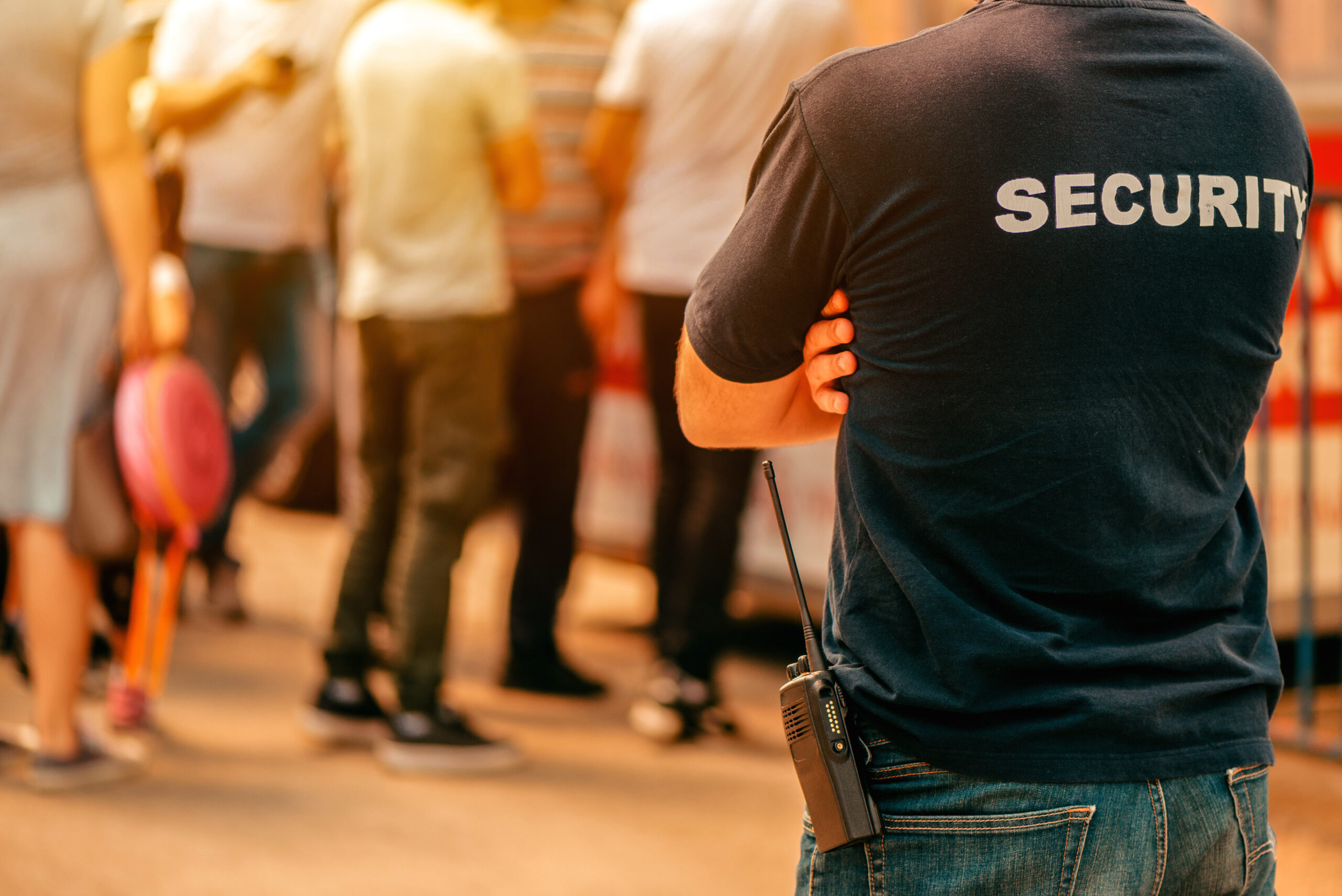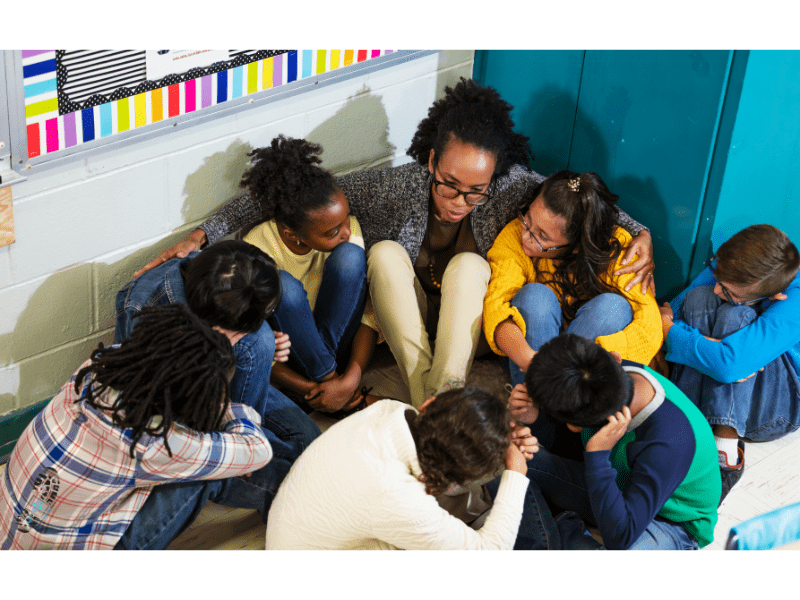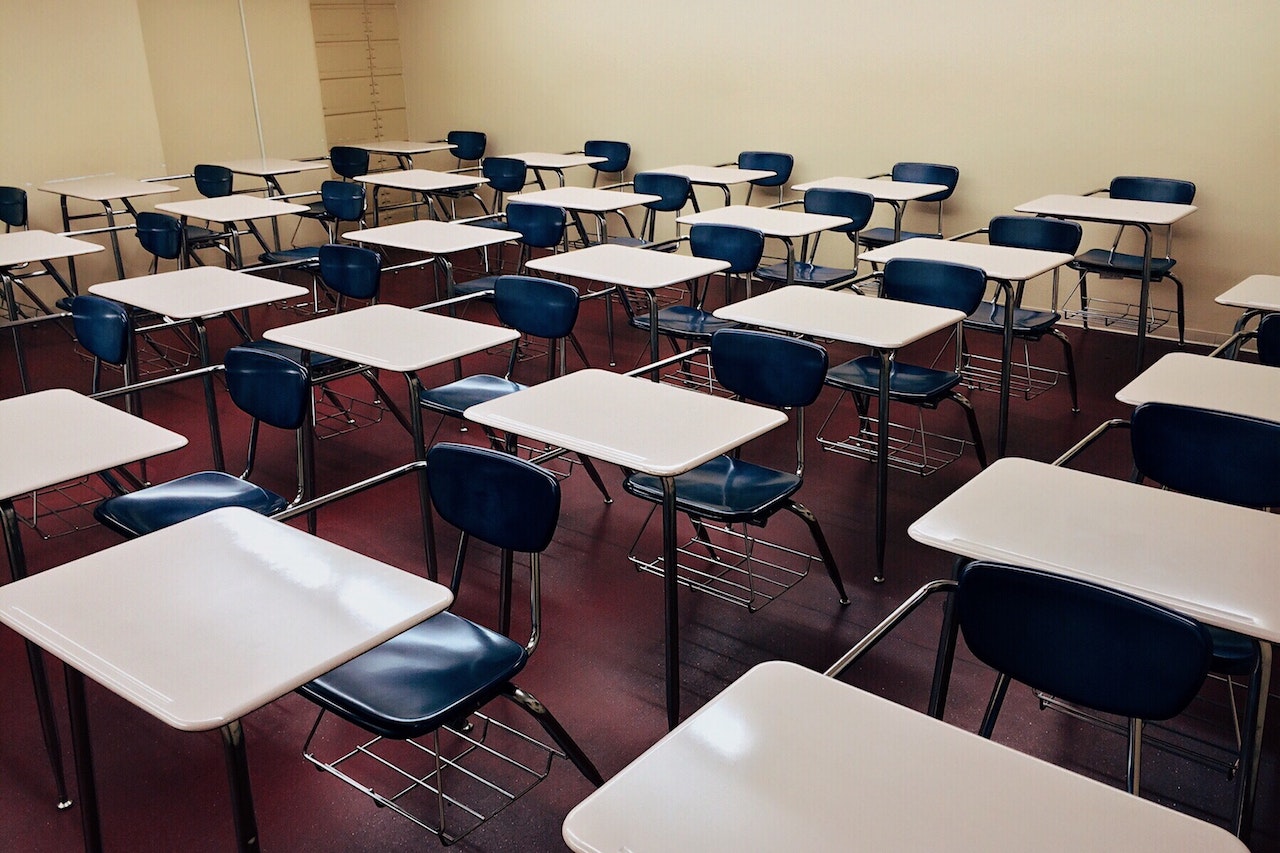7 Steps to Keep Schools (and Other Buildings) Safe

At the LockOut Company, we do our best not to get too involved with political discussions and debates on school safety. We understand that the issues involved in someone wanting to harm others are deep, and that there are many opinions and beliefs on the matter that should be respected. We try to value opinions that may be different from our own, while doing our best to excel at our business, which is keeping many types of locations safe in the event of an active shooter, or other threat scenario. Ultimately, we are a safety and security company specializing in building safety, so we do have opinions, and we try to share those opinions as much as possible to inform our communities. Here are our ideas on seven steps we can take to keep schools, and other buildings, safe.
Step 1: Plan Ahead, as Hard as That May Seem
No one ever wants to think that something terrible could happen at their school, university, office complex, government building, church, etc… but the truth of the matter is, it can. One way to create a safer environment is to plan for a threat scenario and be as prepared as possible if an event does occur. Does your organization have a plan? Do you know where safe rooms are? Where exits are? Do you have defensive abilities, or strong hiding places? While it isn’t easy to face the fact that something unthinkable could occur at your location, these events do occur, and making a plan can often save lives.
Step 2: Lock Your Doors
As simple as locking doors may sound, we’ve walked into schools and buildings without the slightest resistance at exterior doors several times. Of course, we’re not a threat, but had we been, such easy access to main hallways and large, highly populated areas make for easy entrance for threats. Just by locking your exterior doors, as well as interior doors to classrooms, courtrooms, offices, and other populated areas, can slow a threat down by seconds, even minutes. Time is our greatest ally in any threat scenario, so creating more of it for you, and less for an attacker, is a key component of building safety.
Step 3: Install Cameras
Do you know what’s happening at your doors, windows, hallways, and common areas? If you don’t, and a potential threat does, they may have an advantage over you and your staff. Installing cameras and monitoring movement throughout your building can be an important piece of safety and security, as well as giving you the ability to monitor non-threat scenarios and provide evidence in disciplinary matters. Overall, having an eye on your facility is a good practice for many reasons.
Step 4: Work with Local Authorities
Honestly, this could be step one on any list. Our local police are an abundant resource for every step of the safety and security process. Police and other first responders have protocols in place for threat scenarios, and, in our experience, they are always willing to work with you to improve your protocols, provide training, and in some cases, even modify certain procedures on their end to create a strategy that works around your needs. Working with the people who are sworn to protect and serve may seem entirely obvious, but we’ve experienced several scenarios where the link between building administration, be it schools, offices, government buildings, or other locations, and police, has never been utilized to its full potential.
Step 5: Layout and Understand Your Building
Building on the idea of having a plan, the next step is working with law enforcement to really understand the plan. One of the best ways to help law enforcement, as well as students, faculty, staff, employees, and visitors in any threat scenario is to layout your building in an efficient manner that makes sense. This is a very important step in our process with facilities in which we work. Color coded drawings, maps, and schematics can be used to begin the process and layout the building. A standardized numbering system should be implemented so all parties involved understand where every room is, and the most efficient way to reach each of them. Highly visible indicators, such as our rapid response placards, should be installed at key locations throughout the facility to provide quick identification for first responders. Standardizing your facility in this manner can remove questions and confusion if those inside the building need to find a room quickly, as well as if first responders need to locate a threat.
Step 6: Provide Appropriate Resources for Your Staff
What are the appropriate resources for your facility? Perhaps it’s a resource officer or security guard at the front door, or a metal detector. It may be a counselor who has the ability to report to authorities if they’re concerned, or teachers with training on how to spot a troubled student, or the ability to monitor social media for threats, while having deterrent strategies in place for former employees. Whatever the resources you need are, they should be provided whenever possible so the people you are responsible for can feel safe, and threats can be identified, and dangerous scenarios prevented. As school safety, and facility safety overall, change, providing appropriate resources to continue to maintain a safe environment must remain near the top of any list of important policies.
Step 7: Implement a Building Safety and Security System
While this is an obvious choice for us, as it’s what we do, we also understand that it often isn’t as easy a choice for building administrators. There are many considerations when decided whether or not to implement a safety and security system such as: budgets, parental concerns and questions, staff concerns and questions, the availability of various systems, positives and negatives of each system, and so on. We often find that engaging actively in a discovery process, and continuing to look for the best solution, rather than simply not pursuing any option, leads to a far better experience for administrators, staff, and other involved parties. As long as your heart is in the right place, and you’ve done your research, you are on the right track. There are many safety and security systems on the market today. In choosing any one of them, you are making a great decision. As you move through the process, continue to check items off your list of importance.
Continue to Put Safety First
Whatever you decide, however you implement your procedures, as long as you are putting the safety of your students, faculty, employees, staff, and others at the forefront of your decision making, you are doing the right thing. We applaud your effort, and hope to help in any way we can as you work to create the safest facility possible.


